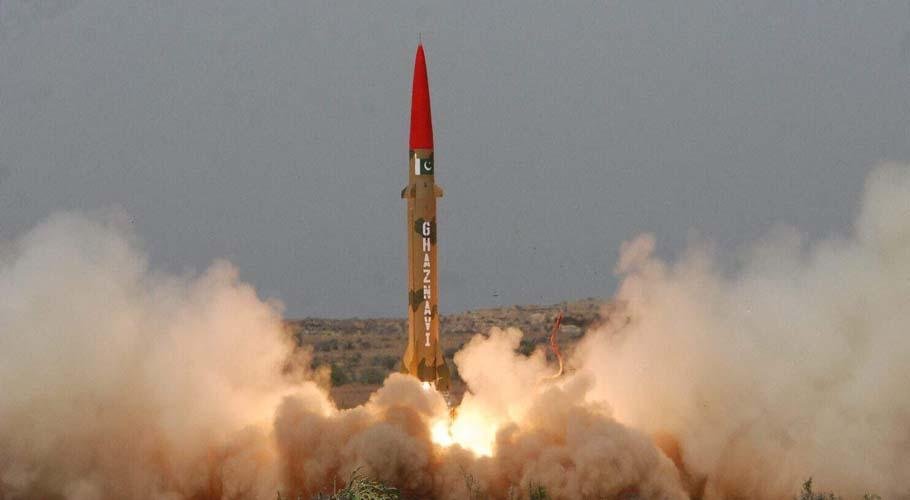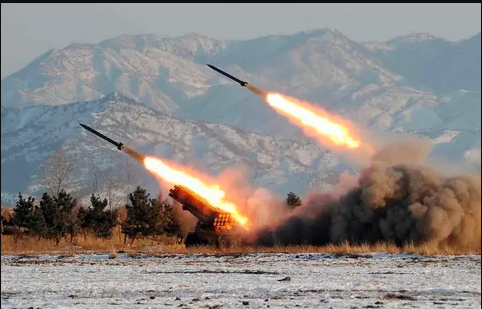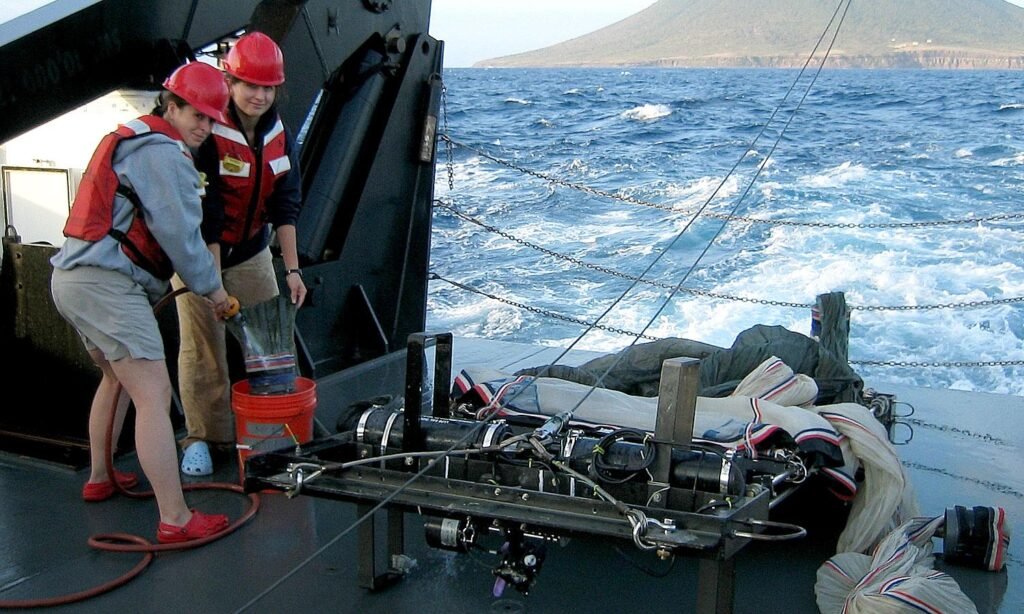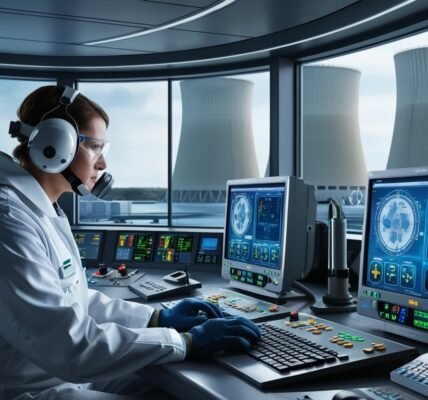Technology of nuclear weapons atomic weapons speak to the most effective and dangerous innovation ever created by mankind. These weapons saddle the gigantic vitality put away in nuclear cores to cause blasts of unparalleled size. In this article, we will investigate the science behind atomic weapons.Their verifiable advancement, their sorts, and their impacts on worldwide security.
The Science Behind Atomic Weapons technology of nuclear weapons
Nuclear weapons depend on two essential forms: atomic parting and tonic fusion.
- Nuclear Parting: In this handle, the core of a overwhelming molecule (ordinarily uranium-235 or plutonium-239) is part into littler cores when besieged by neutrons. This part discharges a noteworthy sum of vitality. Along with more neutrons that can propagate the response in a chain, driving to an blast. This was the rule utilized in the bombs dropped on Hiroshima and Nagasaki amid World War II.
- Nuclear Combination: Combination includes the combination of light nuclear cores. Such as hydrogen isotopes, into a heavier core, discharging indeed more vitality than parting. Thermonuclear (or hydrogen) bombs depend on this guideline. A combination response requires greatly tall temperatures and weights. Conditions which are made by an beginning parting blast. This plan permits present day atomic weapons to discharge essentially more vitality than parting bombs alone.
The combination of these forms in cutting edge thermonuclear weapons comes about in blasts that overshadow the damaging capacity of prior nuclear bombs Wikipedia
The Union of Concerned Scientists
There are two essential sorts of atomic weapons:
- Atomic Bombs (Parting Bombs): These weapons infer their hazardous control exclusively from parting responses. The bombs dropped on Hiroshima and Nagasaki in 1945 were both parting bombs. The component includes bringing sub-critical masses of fissile fabric (like uranium-235 or plutonium-239) together to shape a supercritical mass, starting a quick chain reaction.
- Thermonuclear Bombs (Combination Bombs): Too known as hydrogen bombs, thermonuclear weapons are more progressed and capable than nuclear bombs. They utilize a parting blast to trigger combination responses in isotopes of hydrogen. such as deuterium and tritium. The coming about blast can be thousands of times more effective than a parting bomb. The combination response in these weapons is what makes them so dangerous, discharging enormous sums of vitality in the frame of warm, impact, and radiation The Union of Concerned Scientists
Historical Improvement of Atomic Weapons
t technology of nuclear weapons he improvement of atomic weapons started amid World War II beneath the Joined together States’ top-secret Manhattan Extend. Which was driven by fears that Nazi Germany was moreover creating nuclear bombs. The project’s victory driven to the to begin with atomic blast on July 16, 1945, in Unused Mexico, known as the Trinity Test. In no time a short time later. The Joined together States dropped two nuclear bombs on Japan: Small Boy on Hiroshima and Fat Man on Nagasaki. These bombings finished World War II and illustrated the destroying control of atomic technology Wikipedia
The Cold War time (1947–1991) saw a fast extension in atomic weapons advancement, especially between the Joined together States and the Soviet Union. This period was characterized by an arms race, with both superpowers building progressively expansive atomic arms stockpiles. The improvement of Interconversion Ballistic Rockets (ICBMs) and Submarine-Launched Ballistic Rockets (SLBMs) permitted countries to provide atomic warheads to removed targets, expanding the potential for worldwide pulverization. By the 1960s, the concept of Commonly Guaranteed Devastation (Frantic) was central to atomic procedure, meaning that any atomic assault would result in the total destruction of both the assailant and defender Wikipedia
The Advancement of Conveyance Systems
Initially, atomic weapons were dropped from planes like conventional explosives. In any case, amid the Cold War, countries created more advanced conveyance frameworks. These included:
- Intercontinental Ballistic Rockets (ICBMs): These long-range rockets can travel thousands of miles, conveying atomic warheads from one landmass to another. They travel through space some time recently re-entering the Earth’s climate to hit their target.
- Submarine-Launched Ballistic Rockets (SLBMs): Nuclear-armed submarines carry these rockets, giving countries with a second-strike capability. Indeed if a country’s land-based rockets are annihilated, submarines can still counter, keeping up the adjust of power Wikipedia
The Danger of Atomic Proliferation of technology of nuclear weapons
Since the development of atomic weapons, there has been far reaching concern over their proliferation—meaning the spread of atomic innovation and weapons to nations that already did not have them. The Arrangement on the Non-Proliferation of Atomic Weapons (NPT), marked in 1968, was a major exertion to avoid the spread of atomic weapons whereas permitting for the quiet utilize of atomic vitality.
However, a few countries created atomic weapons exterior the NPT system, counting India, Pakistan, and North Korea. These advancements have included to worldwide pressures, as each unused nuclear-armed state increments the chance of atomic conflict Wikipedia
Environmental and Human Impact of technology of nuclear weapons
The natural and human results of atomic weapons are disastrous. The introductory blast from a atomic weapon produces a gigantic fireball, with temperatures comparable to the sun’s surface, vaporizing everything in its prompt region. The shockwave created by the impact can cause pulverization over a wide range, and the following warm leads to broad fires. The discharge of ionizing radiation causes both quick fatalities and long-term wellbeing impacts, counting cancer and hereditary mutations
The Union of Concerned Scientists.
Moreover, the aftermath from atomic blasts can spread radioactive particles over expansive regions, sullying soil, water, and discuss. The natural harm from atomic weapons testing, which was common amid the Cold War, has driven to long-lasting results in a few districts, such as the Nevada Test Location in the Joined together States and the Semipalatinsk Test Location in Kazakhstan The Union of Concerned Scientists
International Endeavors to Constrain Atomic Weapons
technology of nuclear weapons to relieve the dangers postured by atomic weapons. A few universal settlements and assertions have been enacted:
The Comprehensive Nuclear-Test-Ban Arrangement (CTBT), marked in 1996, bans all atomic blasts for both civilian and military purposes. In spite of the fact that not however completely confirmed, it has altogether checked atomic testing.
The Modern Begin Arrangement, marked by the Joined together States and Russia, limits the number of conveyed vital atomic warheads and conveyance systems Wikipedia
The Settlement on the Denial of Atomic Weapons (TPNW), embraced in 2017, points to dispose of atomic weapons completely.
Conclusion
The innovation of atomic weapons is both a image of human inventiveness and a update of our capacity for annihilation. Whereas these weapons have been instrumental in keeping up peace through discouragement, they too posture an existential danger to humankind. Understanding the innovation behind atomic weapons is significant for educated worldwide discourses almost their part in security and demilitarization. Through proceeded strategy and arrangements, the worldwide community endeavors to avoid their assist expansion and potential utilize, guaranteeing.






